Steel flanges are vital components in industrial piping systems, serving to connect pipes, valves, pumps, and other equipment. The performance and reliability of these systems depend heavily on the type of flange joint and sealing surface used, both of which are crucial for ensuring a secure, leak-proof connection.Understanding the types of steel flange joints and sealing surfaces is crucial for selecting the appropriate flange for specific applications. Below is a detailed overview of steel flange joints and the types of sealing surfaces commonly used.
Steel flange joint consist of a couple of flanges,one gasket and several bolts & nuts.
First put gasket between two flanges’ mating sealing surfaces,after tighten the nuts connected to bolts,gasket surface will deform when the pressure increase to a certain value,so it can fill the gap between two flanges’ mating surfaces, prevent leakage from the flange joint.
1. Types of Steel Flange Joints
Steel flange joints are classified based on how the flanges are connected to the pipe and how they function in the system. The key types include:
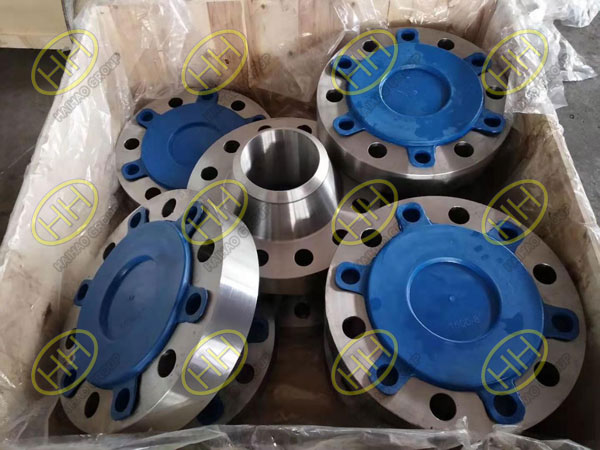
A694 F65 Long Weld Neck Flanges RTJ
Characterized by a long, tapered neck that is butt-welded to the pipe, this type of joint provides excellent stress distribution and resistance to high pressure and temperature. It is commonly used in critical, high-stress environments such as oil and gas pipelines, refineries, and power plants.
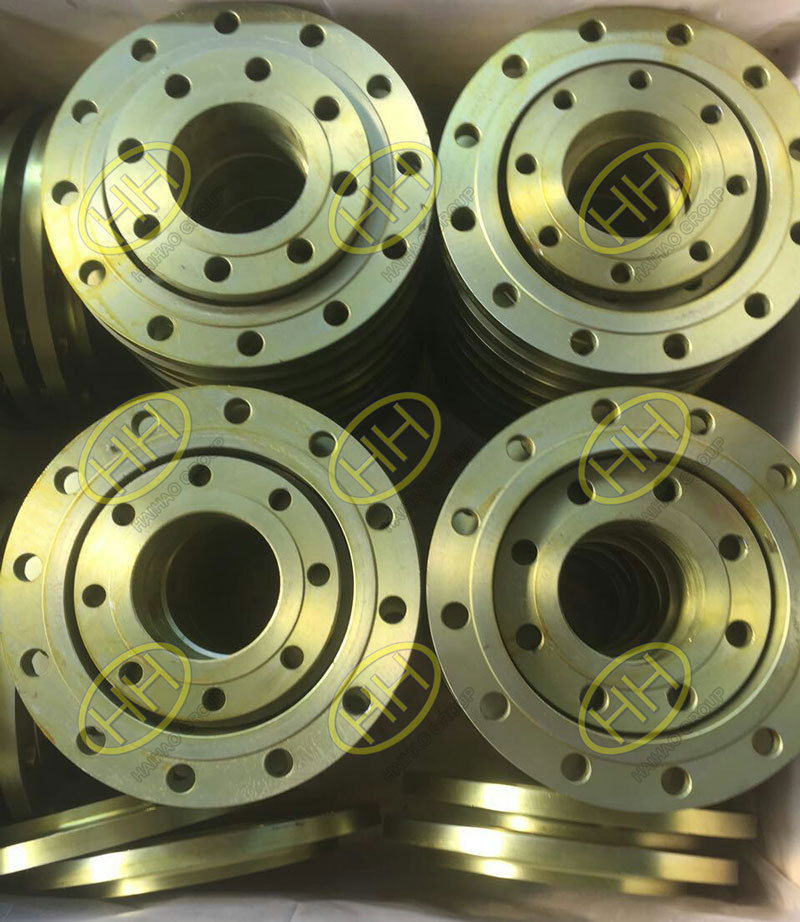
ANSI ASME B16.5 ASTM A105 RF SO flanges slip on flanges
In this joint, the pipe is inserted into the flange bore and welded both inside and outside. Slip-on flanges are valued for their ease of installation and alignment, making them a cost-effective solution for lower-pressure systems in industries like water distribution, HVAC, and general industrial applications.
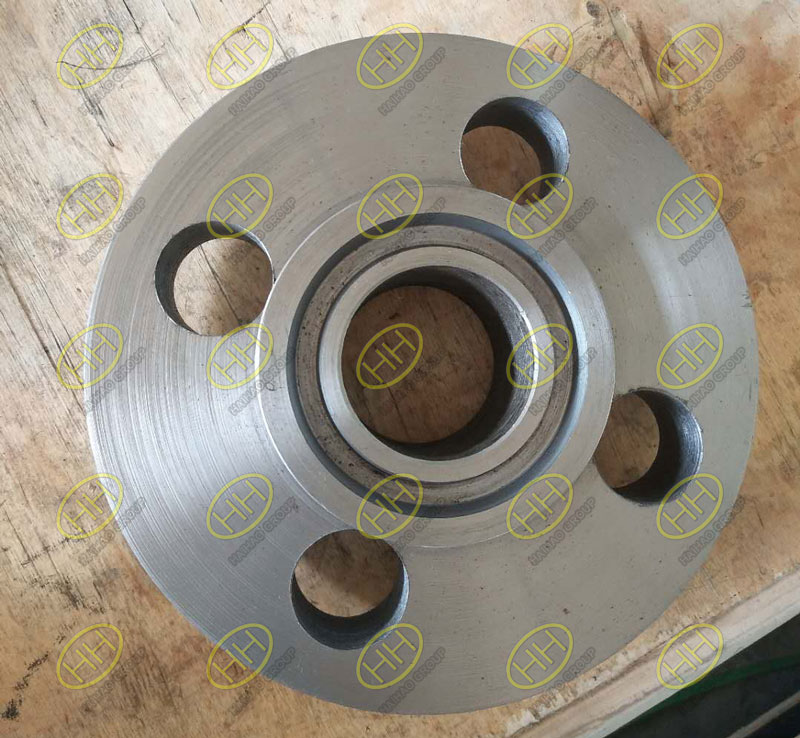
ANSI ASME B16.5 socket weld flange
Socket Weld Flange Joint:
The pipe is inserted into a socket inside the flange and then welded at the outside edge. Socket weld flange joints offer high leak resistance and are often used for small-diameter, high-pressure piping systems in industries such as chemical processing and shipbuilding.
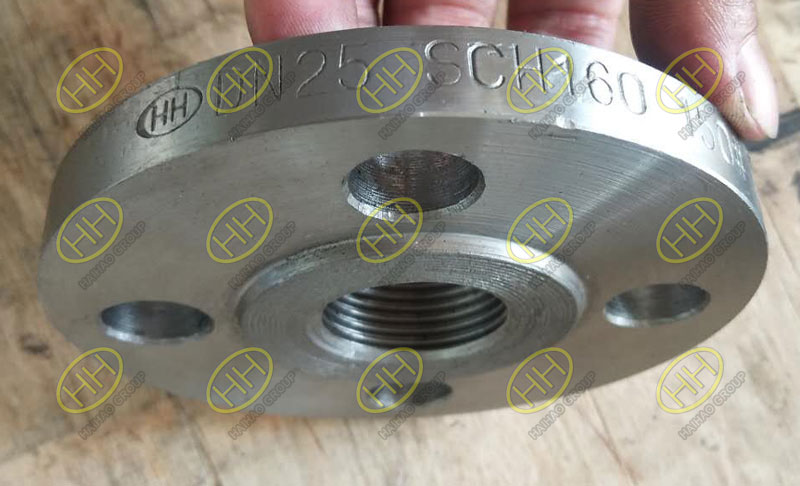
American standard threaded flange finished in Haihao Group
Threaded Flange Joint:
These joints connect flanges and pipes through threading rather than welding. Threaded flanges are typically used in low-pressure and non-critical applications where welding is impractical, such as in hazardous areas or on small-diameter pipes.
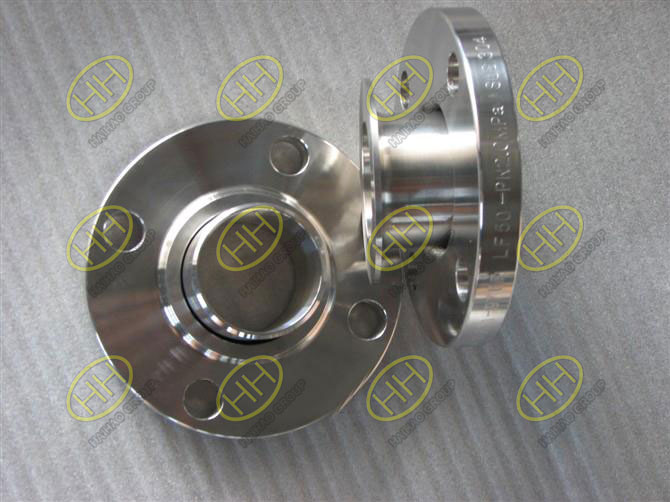
Slip on ring lap joint flange
Lap Joint Flange:
Lap joint flanges are used in conjunction with stub ends, allowing for easy alignment and assembly. These are frequently applied in systems requiring frequent disassembly for maintenance, as well as in applications where flange alignment flexibility is needed.
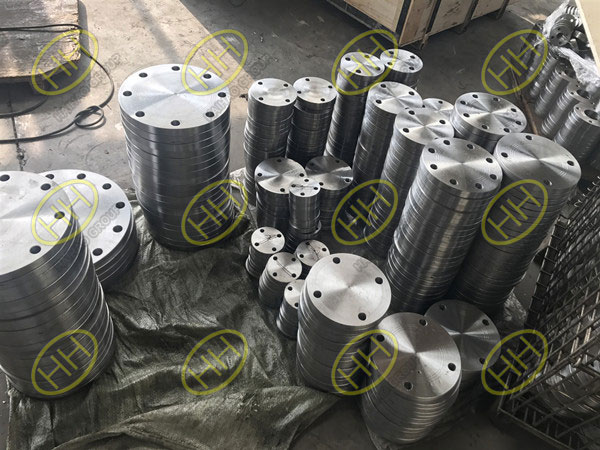
EN1092 Q235 FF blind flanges
Blind Flange:
Used to close the end of a piping system, blind flanges have no bore and serve as an isolation point or a future extension connection. They are essential for systems requiring inspection or repairs.
2. Steel Flange Sealing Surface Types
The sealing surface of a flange is crucial for creating a leak-proof seal between two flanges. Different types of sealing surfaces are used depending on the application and the required level of tightness. Common steel flange sealing surface types include:
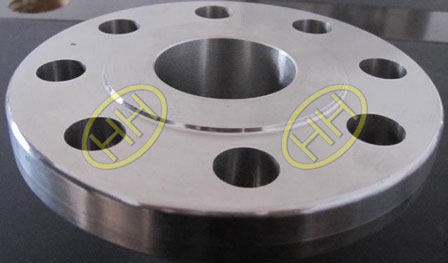
RF Flange Raised Face Flange
Raised Face (RF):
The most common type of sealing surface, where the sealing area is slightly raised above the flange face. The raised portion concentrates the pressure on the gasket, enhancing the sealing efficiency. Raised face flanges are widely used in industrial applications, particularly in medium- and high-pressure systems.
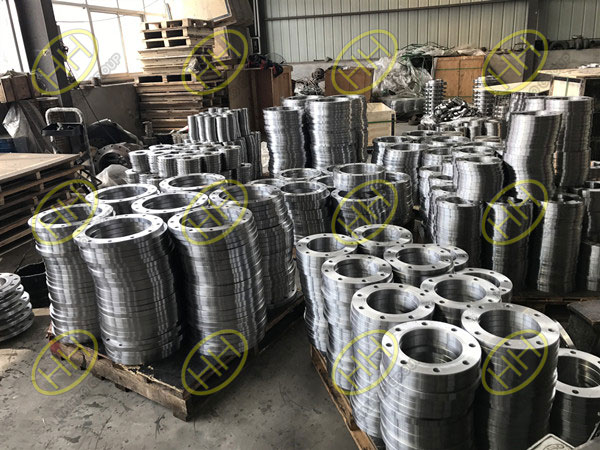
EN1092 Q235 FF plate flanges
Flat Face (FF):
In a flat face flange, the entire face of the flange is machined flat, and the gasket sits on the entire surface. These are typically used in low-pressure applications where the risk of gasket overload and flange bending is minimal, such as in cast iron or fiberglass piping systems.
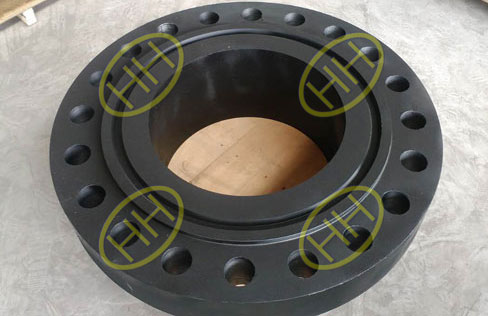
Carbon Steel RTJ Weld Neck Flange After NDT
Ring-Type Joint (RTJ):
A metal-to-metal sealing surface with a precision-machined groove in which a metallic ring gasket is seated. The RTJ surface provides a very tight, secure seal, making it ideal for high-pressure and high-temperature applications such as in the oil, gas, and petrochemical industries.
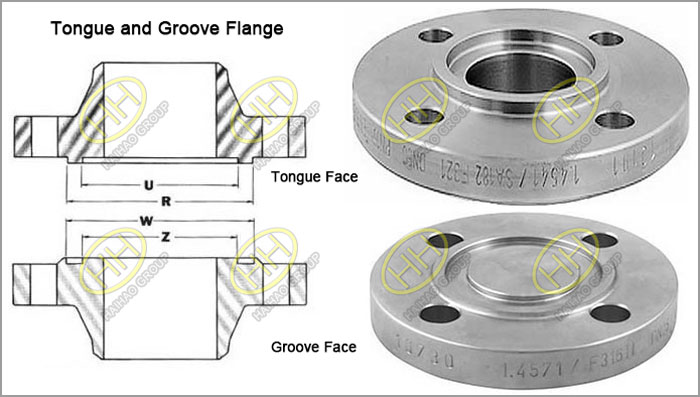
Tongue and Groove Flange
Tongue and Groove (T&G):
One flange has a raised tongue, and the other has a matching groove. This design ensures proper alignment and provides a more confined gasket area, which improves sealing. Tongue and groove flanges are commonly used in systems requiring accurate alignment and leak prevention.
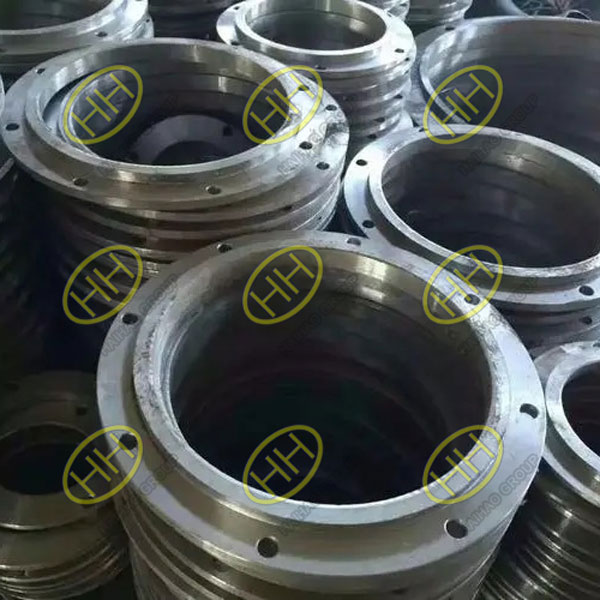
Male and Female Sealing Surface Flanges
Male and Female (M&F):
Similar to tongue and groove, but with a larger gasket surface. One flange has a raised male face, and the other has a corresponding female recess. This design helps ensure the gasket is contained and compressed properly, providing excellent sealing in higher-pressure systems.
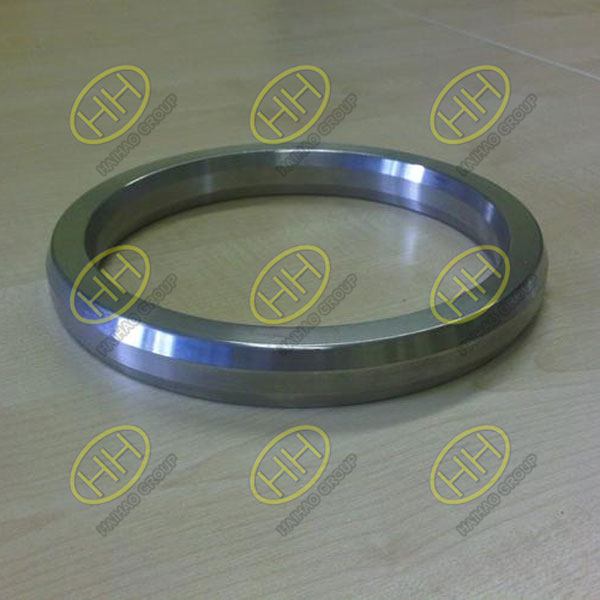
Duplex 2205 SS Ring Joint
O-Ring Sealing Surface:
This surface type uses a groove for an O-ring seal, offering excellent sealing capabilities in low- to medium-pressure applications. O-ring flanges are often found in hydraulic and pneumatic systems where reliable sealing is critical.
Selecting the appropriate steel flange joint and sealing surface is critical for ensuring the long-term performance and safety of piping systems. Weld neck and socket weld joints offer high strength and pressure resistance, making them ideal for high-pressure applications, while slip-on and lap joint flanges are preferred for ease of installation and flexibility in less demanding environments. Raised face and ring-type joint sealing surfaces are commonly used for high-pressure, high-temperature applications, while flat face flanges are suitable for lower-pressure systems.







